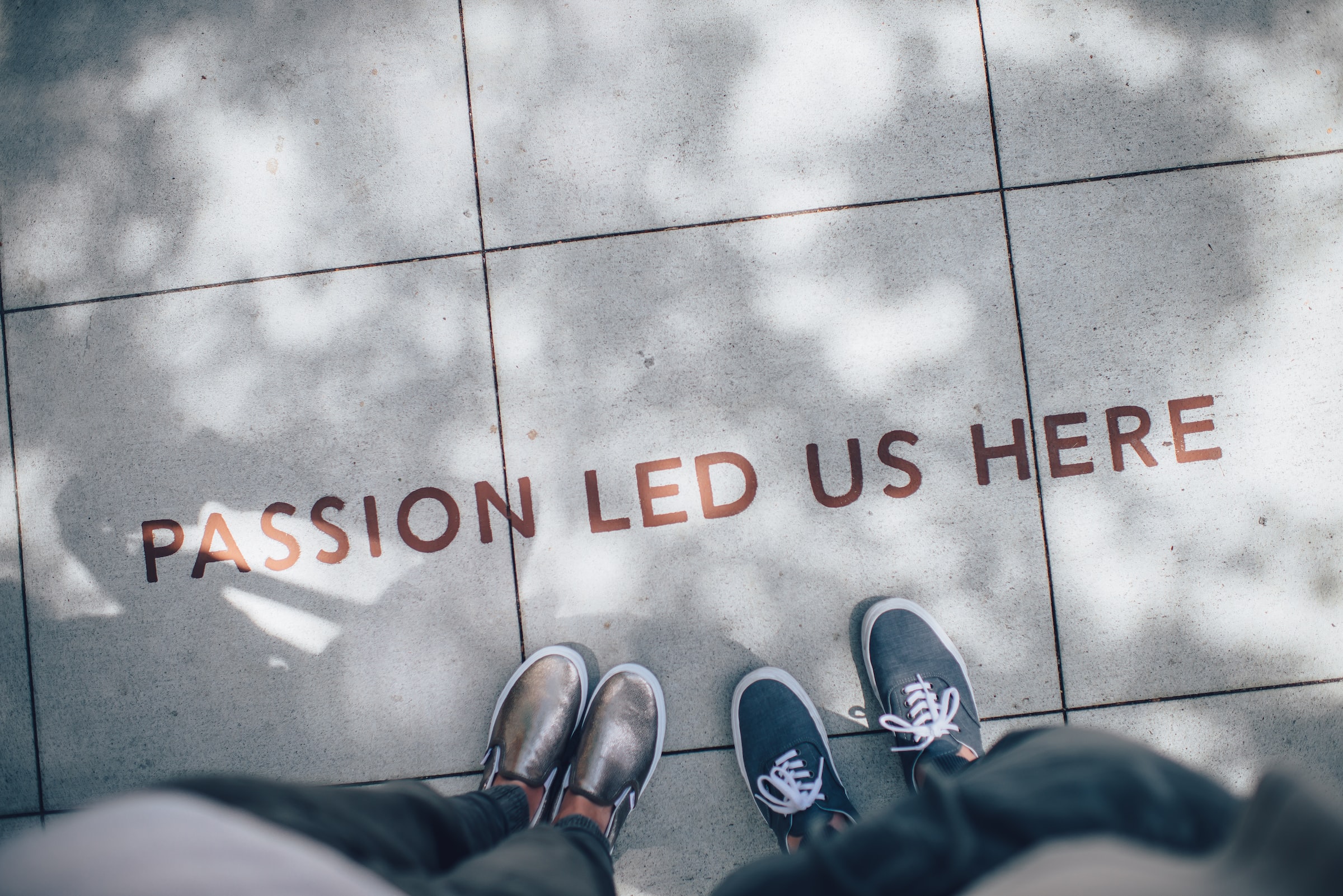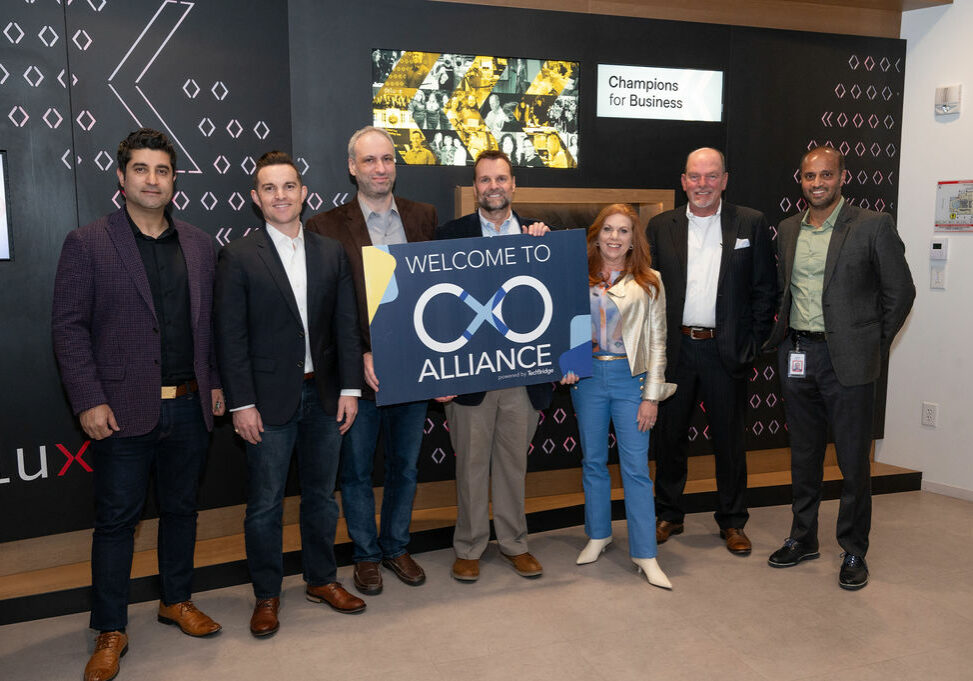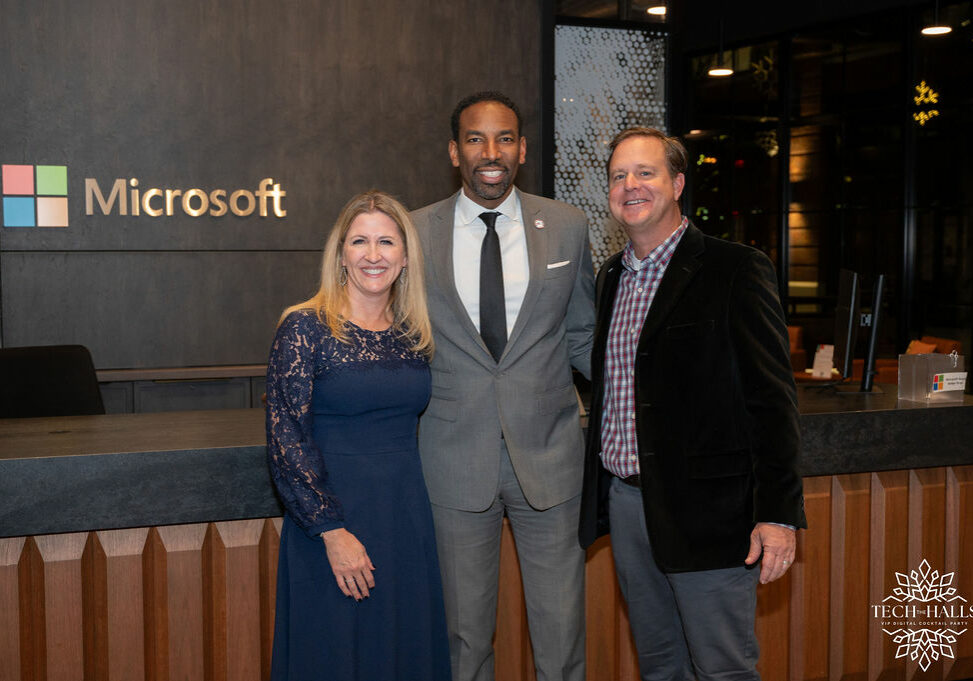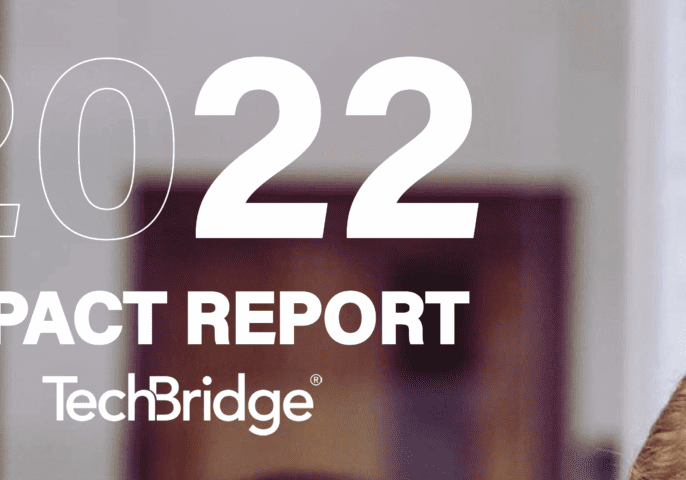Array
By Simone Price
marked the last day of the fiscal year for many nonprofits. Most of them have spent these past few months working around the clock to garner enough support to reach their annual goals. The pressure is high for these organizations, whose clients are often homeless, sick, disabled, or disenfranchised and who rely on the programs that nonprofits provide to meet their basic needs, to live, and to thrive.
Despite the necessity of their programs, even the strongest organizations continue to struggle with fundraising. With over 1.5 million nonprofits registered in the U.S. alone, the social sector has been hit hard by the sharp decline in individual contributions and overall donor fatigue evidenced in recent years, and fundraising continues to prove to be a challenge for even the strongest operations.
Now more than ever, each nonprofit desperately needs to prove that it is the best vehicle to execute its mission; doing so means collecting hard data, running efficient operations, and developing innovative programs, as well as exhibiting the utmost professionalism and transparency.
Nonprofits, public servants, and other change agents have always found equilibrium in small doses, but sporadic, reactionary projects are not moving the needle fast enough to meet the dire demands of needy communities. This doesn’t mean that the multitude of nonprofits serving them isn’t impacting communities; rather, it means that a substantive or deep impact requires regular collaboration. Hence, Collective Impact has become a well-documented buzz-phrase in the social sector.
Simply stated, Collective Impact is a collaboration among the public, private, and philanthropic sectors to achieve particular results. With this approach, nonprofits utilize only their most effective programs and bring them to the table in a larger collaborative that is more likely to achieve results than they could on their own.
On , our CEO James Franklin and Director of Impact Karen Cramer joined a panel hosted by Fluxx to discuss Collective Impact in Action.
In an interactive discussion, attendees received a solid understanding of the varying degrees of collaboration including, but not limited to
- coordinated action
- data sharing
- joint advocacy
- staff and administrative consolidation
- partner programming
- coalitions, and
- complete mergers
Franklin also touched on the ripple effect of successful programs inside the organization running them. A well-designed collaborative helps nonprofits meet their obligations to supporters by achieving and sustaining unprecedented results. This is a worthwhile initiative for all nonprofits, who must remember that philanthropists never donate to a mission, they invest in its fulfillment.
Ultimately, it takes more than money to make a difference. Organizations like ours work to make the collaborative process less intimidating. By specializing in impact-focused services like performance measurement and data strategy, nonprofits can find economical ways to prepare themselves for Collective Action — not a moment too soon.
Simone Price is a nonprofit advisor at TechBridge.
Photo by Ian Schneider.




